Ur-Turn: American Cars In Asia: A Layman's Observations
Ur-Turn is your weekly opportunity to contribute to TTAC. Every Weekend we select a piece submitted to our contact form, and publish it as a showcase for the diverse perspectives of TTAC’s readers. Today’s contribution comes from Nick Naylor, who explores the street-level reality of American cars in Asia, and the prospects of American exports to Asia.
As a frequent TTAC poster and lifelong enthusiast, some of my favorite topics and articles are the ones in which vehicles are found outside their cultural context. Paul’s classic Mustang on the streets of Paris, for example, struck me as a particularly beautiful image. “Real” American cars are of special interest to me—cars designed predominately for the North American market, built there, and exported. You don’t see too many of these outside of North America–for a myriad of reasons I need not get into here. That said, when I see a Cadillac, or an American Ford product in an Asian or European city—it invokes a similar feeling to what Paul experienced seeing the Ford and the Hummer in Paris. In this time of Obama’s pledge to double exports in 5 years, with cars being a particular sticking point with Korea, it is American made vehicles that he must be most interested in selling, not Chinese-made Chevy Sails. Is it possible?
With this on my mind, and camera in hand; I recently spent three weeks between China (Hong Kong and Guangdong province), Korea (Seoul) and Japan (Tokyo). What I observed follows below. There’s no reports, sales numbers, or data here…just observations and supporting photos.
Hong Kong: There are zero American cars in Hong Kong. Not just zero real exports, but zero brands. I don’t recall seeing a single GM, Ford, or Chrysler vehicle. Of course, Hong Kong drives on the other side of the road, and with a population of 7 million or so, the city represents a limited market in a crowded metropolis. Basically every car is Japanese or high-end European. Not so promising so far!
Shenzhen/Guangzhou (China): Across the border, and the whole world changes. Back on our side of the road. I see Buicks, Chryslers, a few Cadillac CTSs, a new Cadillac SRX, even a 90’s Lincoln Town Car (how the hell they drive that or get it serviced, I don’t know) [Ed: Panther Love is a strange and wonderful thing]. Hummer H2s appear here and there. There’s even an occasional Dodge Caliber. None of these vehicles appear in the same copious volume as local Volkswagens, Buicks, Audis, etc. But I did count about ten sightings of the Enclave in only a week or so here. The Enclave is an export from the states, the only Buick sold in China that is.
The Buick lineup in China is similar to ours, with the exceptions of the smaller Opel Astra-based Excelle, the Holden-based Park Avenue and the GL8 minivan. Uncharacteristically for GM, this brand seems very coherent as a mid-upscale aspirational brand in China. Their new models look classy, sharp, and stand out on the streets in China noticeably. But only the Enclave counts as being a true American export. Chevy has taken up GM’s battle for the massive low end of the Chinese market, and as a result every Chevy you see is a warmed over Daewoo. So no Chevys count for this practice—neither do Fords, as their familiar Fiestas, Focii and Mondeos are not of the American kind either (though they’re vastly better than the Chevys–the Chinese must think the two brands don’t compete directly). It is likely that neither the Chrysler 300 or Sebring are exports, either, both supposedly are assembled in Beijing. According to Wikipedia, the Caliber is only produced in Illinois, and the CTS was only assembled by Shanghai GM in 2006, and although it is apparently assembled from CKD kits in Taiwan and Russia, I would guess the units seen on the streets of here are likely US exports, or possibly the Taiwan CKD versions.
You see plenty of American branded cars in China. The Chinese auto market is much more similar to the US market than either the Japanese or Korean. You see a lot of Camrys and Accords, only slightly modified from their US versions. The Chinese are quite open to a variety of brands and styles, and the market is still so new that brand-based prejudices buried deep within the US consumer conscience have yet to be set there. They are not averse to buying big cars for their big new highways…In addition to the H2s I also saw (American made) BMW X6s there, in more numbers than I’ve seen here in the states. That said, compared to the overall size of the market, our exports are miniscule. If Obama wants to export more US made cars to China, then he better push the Buick Enclave, Dodge Caliber, Cadillacs, and yes, BMW SUV’s.
Korea: My eyes tell me that 98% of cars on the road in Korea are Korean. And all of them are black, white, or grey. Yet I can’t believe what I see when I do see a foreign car…yes, BMW, Honda, and….is that a Lincoln MKS? The high-end German cars seem to be the most popular imports, but then you see almost as many American cars as Japanese, which, given the lack of exportable American cars vis-a-vis the Japanese, is quite surprising. Maybe it’s just the fact that the American cars stand out, and the Japanese blend in so much with the local Korean makes? I saw Lincoln MKX’s, Ford Taurii, Ford Escapes, a new Cadillac CTS wagon. And I’m not counting the large amount of American SUV’s I saw near the military base. Don’t get me wrong, I didn’t see these cars frequently, but there seems to be sufficient “market access” to American cars in Korea. The problem with selling to the Koreans is breaking their super-conservative culture, which dictates that a good Korean only buys a Korean car, and one in black, white, or grey. Americans no longer think like that, and maybe in 30 years the Koreans won’t, either.
Japan: In Korea, the American cars I saw were actually bought for practical use. In Japan, the American cars you see tend to be kept more as hobby or museum pieces. In Tokyo proper I saw one beautiful, jacked-up 4-door new Wrangler, one or two current generation Ford Explorers, one Jeep Liberty, and one 90’s era Chevy Blazer. Then I took the train out to Enoshima, which is a bohemian beach town suburb of Tokyo, where love for California culture runs deep. This place was a jackpot…here I saw classic old Ford Broncos and Chevy Blazers in beautiful condition, jacked up with surf racks. A 2005-era F150 with huge rims. A Ford Mustang, and even a late 80’s Oldsmobile Cutlass Ciera woody station wagon. Cool.
More by Ur-Turn
Latest Car Reviews
Read moreLatest Product Reviews
Read moreRecent Comments
- ToolGuy First picture: I realize that opinions vary on the height of modern trucks, but that entry door on the building is 80 inches tall and hits just below the headlights. Does anyone really believe this is reasonable?Second picture: I do not believe that is a good parking spot to be able to access the bed storage. More specifically, how do you plan to unload topsoil with the truck parked like that? Maybe you kids are taller than me.
- ToolGuy The other day I attempted to check the engine oil in one of my old embarrassing vehicles and I guess the red shop towel I used wasn't genuine Snap-on (lots of counterfeits floating around) plus my driveway isn't completely level and long story short, the engine seized 3 minutes later.No more used cars for me, and nothing but dealer service from here on in (the journalists were right).
- Doughboy Wow, Merc knocks it out of the park with their naming convention… again. /s
- Doughboy I’ve seen car bras before, but never car beards. ZZ Top would be proud.
- Bkojote Allright, actual person who knows trucks here, the article gets it a bit wrong.First off, the Maverick is not at all comparable to a Tacoma just because they're both Hybrids. Or lemme be blunt, the butch-est non-hybrid Maverick Tremor is suitable for 2/10 difficulty trails, a Trailhunter is for about 5/10 or maybe 6/10, just about the upper end of any stock vehicle you're buying from the factory. Aside from a Sasquatch Bronco or Rubicon Jeep Wrangler you're looking at something you're towing back if you want more capability (or perhaps something you /wish/ you were towing back.)Now, where the real world difference should play out is on the trail, where a lot of low speed crawling usually saps efficiency, especially when loaded to the gills. Real world MPG from a 4Runner is about 12-13mpg, So if this loaded-with-overlander-catalog Trailhunter is still pulling in the 20's - or even 18-19, that's a massive improvement.
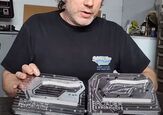
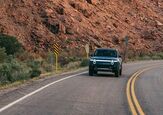
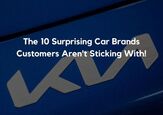

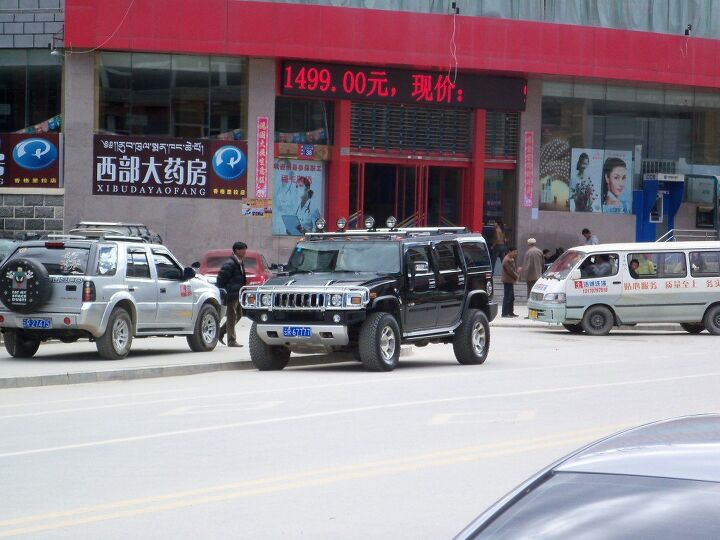






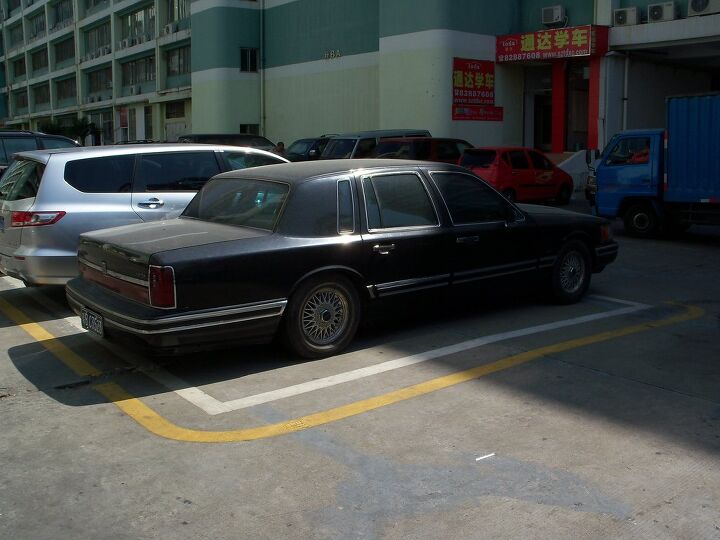




















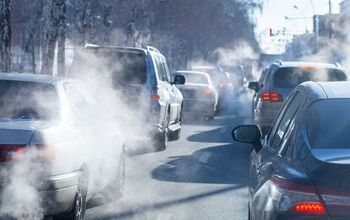

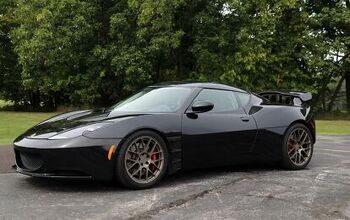
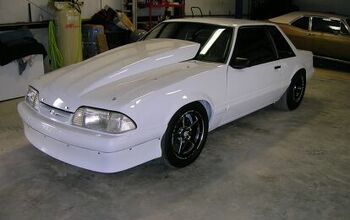
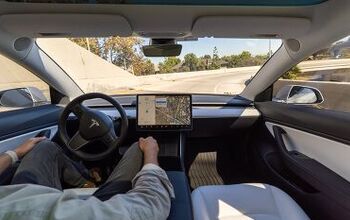
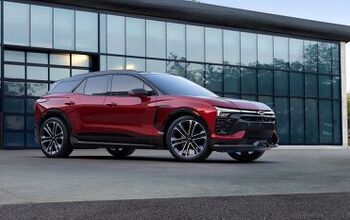
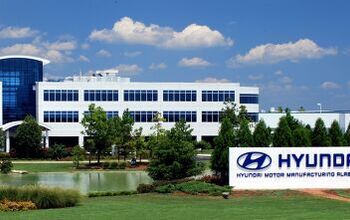
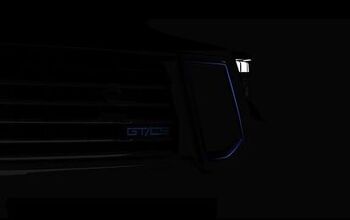
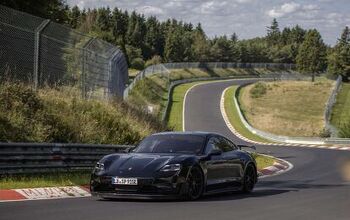
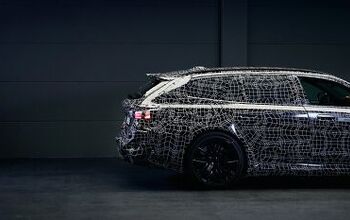
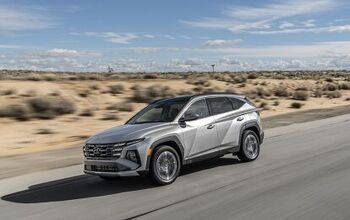
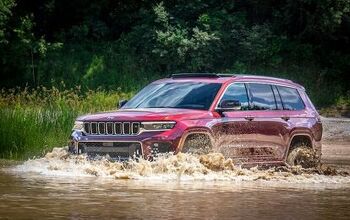
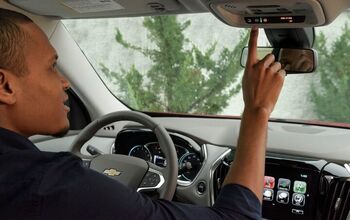
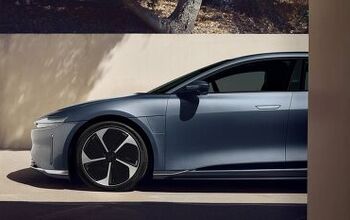
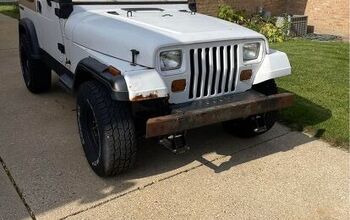
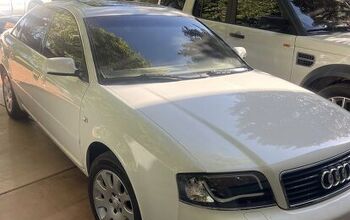
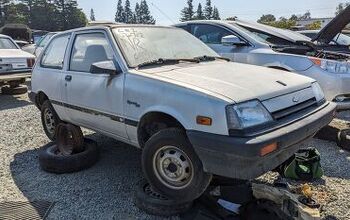
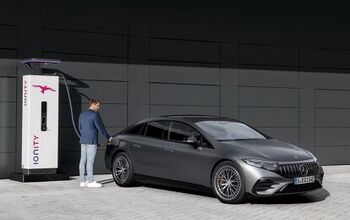
Comments
Join the conversation
With recent introduction of foreign car brands offering premium "imports" at the $30k range which used to be boss level salary in South Korea, consumers want to sample sedans which aren't your normal taxi or climb the stereotype tree (accent->elantra->sonato->xg350), like said above 98% of cars being domestic. So Ford, with the new FTA may have a chance at penetrating a near exclusive market of middleclass consumers which still have intimate attachment to post war american made goods and muscle car stigma, not to mention the youth offspring living amoung the "wealthy" middle class. On a side note a certain dictator P. rode a Limo version Town Car that is extended iirc six inches. Mitsubishi showrooms the Eclipse with neon flowers. In the city of Seoul, it's means nothing to bragg about owning a Merc unless it's AMG.
Japan is pretty much as you guessed. There is a lot going on, pedestrians, bicycles, scooters etc and you have to be pretty careful. When the light changes I always take a breath before I start to accelerate - it pays to be cautions. Most roads are narrow and there are often cars stopped at odd places. You find that cars need to dodge in and out of the other lane so there is a real need to pay attention to the entire road. For example, a car stopped on the opposite side of the road may mean that oncoming cars will be taking a part of your lane. That's disconcerting for Americans because we don't like oncoming cars in our lanes, but in Japan you just slide over a little and let them come on through. Congestion on main streets is commonplace and Japanese drivers tend to take a lot of alternate routes that lead down narrow little streets. Knowing your way around is a huge bonus, but as always, there is a lot to watch out for on those narrow streets. But I figure if Luke Skywalker can fly an X wing down a trench on the Death Star, I can use the force to get through an alley or two. At least no one shoots lasers at you. Once you get out in the country, the roads open up and traffic moves better. Still, there are a lot of little narrow roads you probably shouldn't go down no matter what your car navigation says so good judgment is a must. Also, it’s important to pay attention to the whole road here too as big trucks often intrude into your lane. Its good crazy fun. I'll give you a link to a video I took driving over the Uji River line near Kyoto - http://video.google.com/videoplay?docid=-823555920032920867#